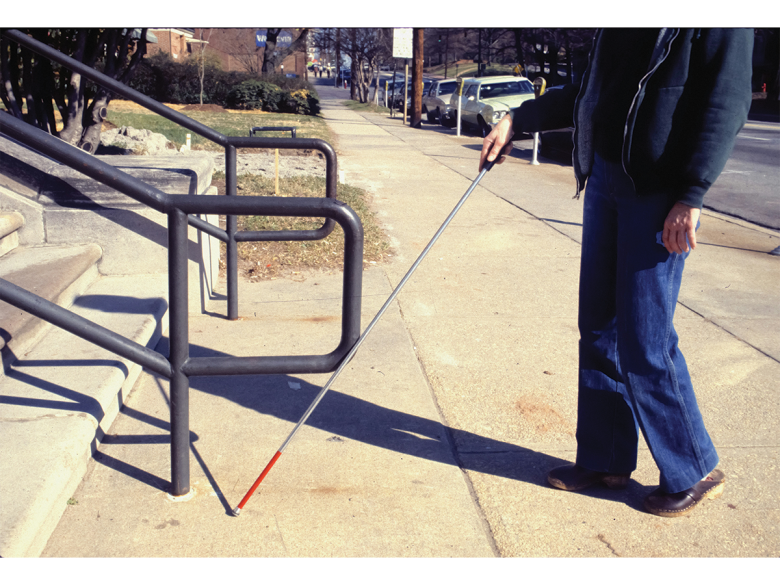This International White Cane Day, Guide Dogs is calling on all Australians to become allies for the thousands of Australians who use a white cane.
The organisation says White Cane Day is a chance to celebrate skill, independence, and courage, and to learn how to become better allies to those boldly pursuing their passions.
For the more than 453,000 Australians living with blindness or low vision, assistive tools such as white canes can be life changing.
It helps people navigate obstacles like stairs and curbs, signals to others that the user has low vision, and allows them to move through busy environments safely and confidently.
How can I be an ally?
Simple strategies, like asking before offering help, avoiding assumptions, and being mindful of obstacles are just some of the top tips being shared by people with lived experience to help everyone take action.
Lee Kumutat, white cane user and national advocacy and policy manager at Guide Dogs, says the cane represents more than mobility.
“We’re calling on all Australians to recognise the life-changing power of the white cane. For those with blindness or low vision, white cane training can unlock confidence, independence, and connection, helping them move through their environment and community with confidence. Next time you see someone using a white cane, remember—it’s not just a tool, it’s autonomy.”
Guide Dogs’ White Cane Wisdom: Ten tips for being a better ally
Celebrate and share – This International White Cane Day, educate yourself, your friends, and family, and share our videos to raise awareness.
Say hello, offer help – A polite introduction and offer of assistance is always appreciated.
Respect independence – Don’t be offended if your help is declined; many cane users prefer to navigate on their own.
Ask before touching – Never grab, pull, or physically touch a white cane user unless invited.
Hands off the cane – Only touch a cane if the user asks you to.
Look up from your phone – Stay aware in crowded spaces to avoid collisions.
Give walking space – White cane users need room to detect obstacles and navigate safely.
Keep pathways clear – Push in chairs, store bikes, and ensure doorways and paths are accessible.
Remember partial sight – Many users have some vision, so don’t assume they can’t see at all.
Be mindful of design – The world is built for sighted people; small adjustments can make it more inclusive.
How do white canes help?
Thanks to white cane training and mobility services, 80 per cent of Guide Dogs clients report greater confidence, and 73 per cent say they’re living the life they want.
Sixteen-year-old para-triathlete Mitchell Wilkes is living with Stargardt disease, a degenerative eye condition which partially limits his vision. He says using a white cane has changed how he experiences the world.
“I use it a lot for unfamiliar environments, and it has enabled me to continue doing the things I love. When I need to travel to compete, it means I can be confident in navigating the airport and it signals to others that I have a disability, which makes it much easier for me to navigate busy areas. I feel so much freer with my cane. My mindset is to not focus on what I can’t do, but what I can do,” he said.
“Just because I have a disability does not mean I necessarily need help. Having low vision does not make me incompetent with everything I do. My advice to others is to be considerate of a white cane user and give them space. If you think they are struggling with a task, always ask first, can I help you?”

